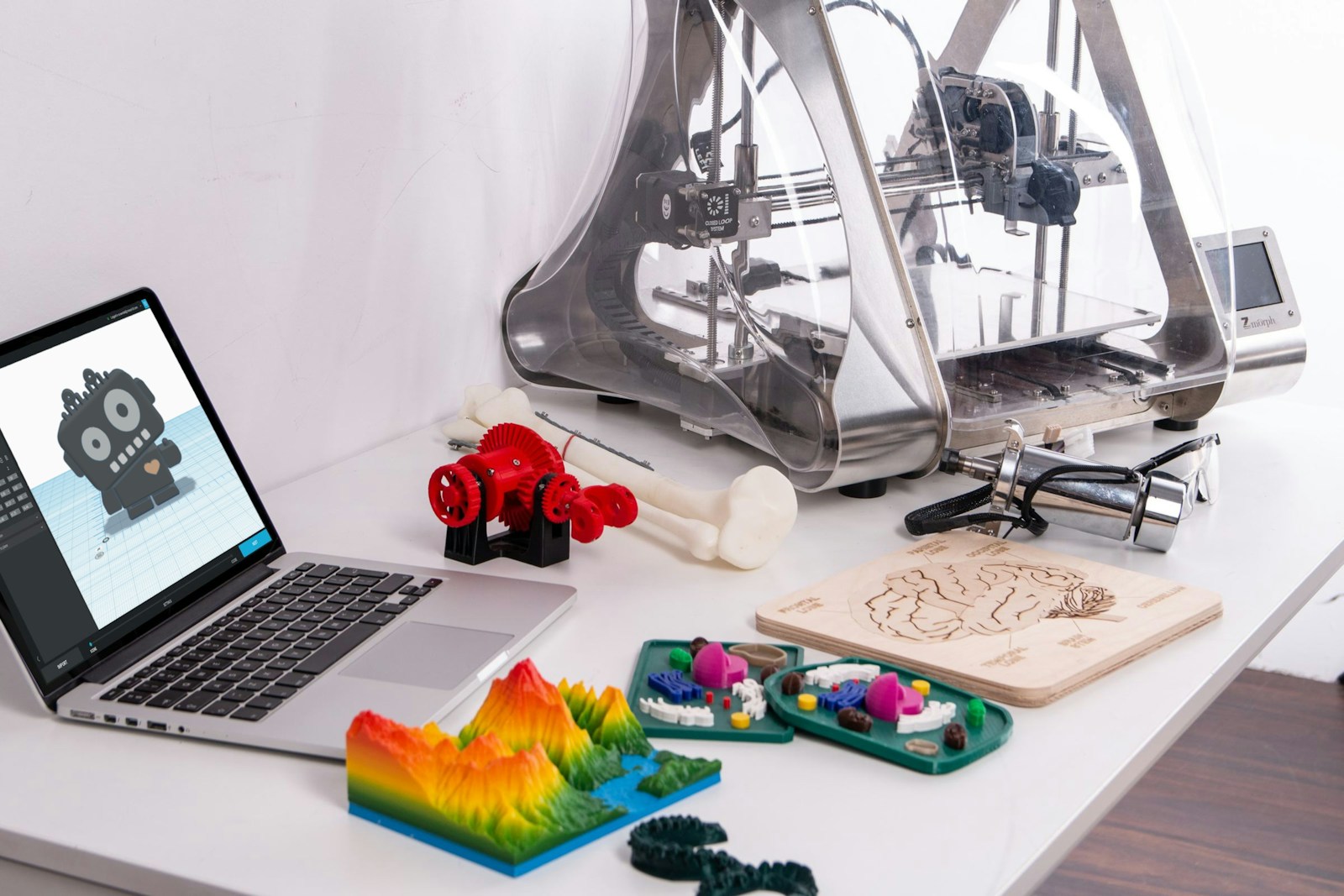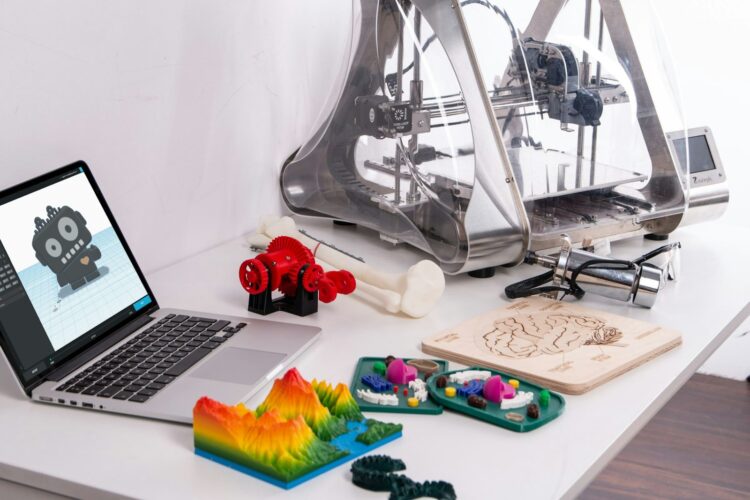In today’s digital world, Python has become one of the most versatile programming languages, especially in the realm of blockchain technology. This guide will take you through the essential steps to harness Python for blockchain development, providing practical code examples and insights to enhance your learning experience.
1. Understanding Blockchain Technology
What is Blockchain?
Blockchain is a decentralized ledger technology that ensures transparency and security by recording transactions across a distributed network of computers. Each block in the chain contains a list of transactions, and each block is linked to the previous one, forming a chain.
Key Concepts:
- Blocks: Containers for transaction data.
- Chain: Sequential linkage of blocks.
- Nodes: Participants in the network.
- Consensus Mechanisms: Methods for validating transactions.
2. Setting Up Your Python Environment
Installing Python
Ensure Python is installed on your machine. You can download it from Python’s official website.
# Install Python via terminal (macOS/Linux)
brew install python
# Or on Windows, use the installer from the Python websiteInstalling Required Packages
Use pip to install the necessary libraries.
pip install hashlib ecdsa3. Creating Your First Blockchain in Python
Blockchain Basics
Let’s build a basic blockchain with Python. This example will help you understand the core concepts.
import hashlib
import json
from time import time
class Blockchain:
def __init__(self):
self.chain = []
self.current_transactions = []
self.new_block(previous_hash='1', proof=100)
def new_block(self, proof, previous_hash=None):
block = {
'index': len(self.chain) + 1,
'timestamp': time(),
'transactions': self.current_transactions,
'proof': proof,
'previous_hash': previous_hash or self.hash(self.chain[-1]),
}
self.current_transactions = []
self.chain.append(block)
return block
def new_transaction(self, sender, recipient, amount):
self.current_transactions.append({
'sender': sender,
'recipient': recipient,
'amount': amount,
})
return self.last_block['index'] + 1
@staticmethod
def hash(block):
block_string = json.dumps(block, sort_keys=True).encode()
return hashlib.sha256(block_string).hexdigest()
@property
def last_block(self):
return self.chain[-1]
# Usage example
blockchain = Blockchain()
blockchain.new_transaction(sender="A", recipient="B", amount=100)
blockchain.new_block(proof=200)
print(blockchain.chain)4. Implementing Consensus Mechanisms
Proof of Work (PoW)
Proof of Work is a consensus algorithm used to validate transactions and create new blocks.
def proof_of_work(last_proof):
proof = 0
while valid_proof(last_proof, proof) is False:
proof += 1
return proof
def valid_proof(last_proof, proof):
guess = f'{last_proof}{proof}'.encode()
guess_hash = hashlib.sha256(guess).hexdigest()
return guess_hash[:4] == "0000"5. Building a Simple Wallet
Generating Keys
To interact with the blockchain, you need a way to generate cryptographic keys.
from ecdsa import SECP256k1, SigningKey
def generate_keys():
sk = SigningKey.generate(curve=SECP256k1)
vk = sk.get_verifying_key()
return sk, vk
private_key, public_key = generate_keys()
print("Private Key:", private_key.to_string().hex())
print("Public Key:", public_key.to_string().hex())6. Creating a Blockchain Network
Node Communication
To build a decentralized network, nodes need to communicate with each other.
from flask import Flask, jsonify, request
from urllib.parse import urlparse
app = Flask(__name__)
@app.route('/transactions/new', methods=['POST'])
def new_transaction():
values = request.get_json()
required = ['sender', 'recipient', 'amount']
if not all(k in values for k in required):
return 'Missing values', 400
index = blockchain.new_transaction(values['sender'], values['recipient'], values['amount'])
response = {'message': f'Transaction will be added to Block {index}'}
return jsonify(response), 201
@app.route('/mine', methods=['GET'])
def mine():
last_block = blockchain.last_block
proof = proof_of_work(last_block['proof'])
blockchain.new_transaction(sender="0", recipient="node_address", amount=1)
block = blockchain.new_block(proof, last_block['hash'])
response = {
'message': 'New Block Forged',
'index': block['index'],
'transactions': block['transactions'],
'proof': block['proof'],
'previous_hash': block['previous_hash'],
}
return jsonify(response), 200
@app.route('/chain', methods=['GET'])
def full_chain():
response = {
'chain': blockchain.chain,
'length': len(blockchain.chain),
}
return jsonify(response), 200
if __name__ == '__main__':
app.run(host='0.0.0.0', port=5000)7. Securing the Blockchain
Adding Encryption
For security, you should consider adding encryption to your blockchain transactions.
from cryptography.fernet import Fernet
def encrypt_message(message, key):
fernet = Fernet(key)
encrypted_message = fernet.encrypt(message.encode())
return encrypted_message
def decrypt_message(encrypted_message, key):
fernet = Fernet(key)
decrypted_message = fernet.decrypt(encrypted_message).decode()
return decrypted_message
key = Fernet.generate_key()
message = "Hello, Blockchain!"
encrypted = encrypt_message(message, key)
print("Encrypted:", encrypted)
print("Decrypted:", decrypt_message(encrypted, key))8. Conclusion
Python provides a robust framework for developing blockchain applications, from creating basic blockchains to implementing sophisticated security measures. By understanding these concepts and using the provided code snippets, you can start your journey in blockchain development with Python.













